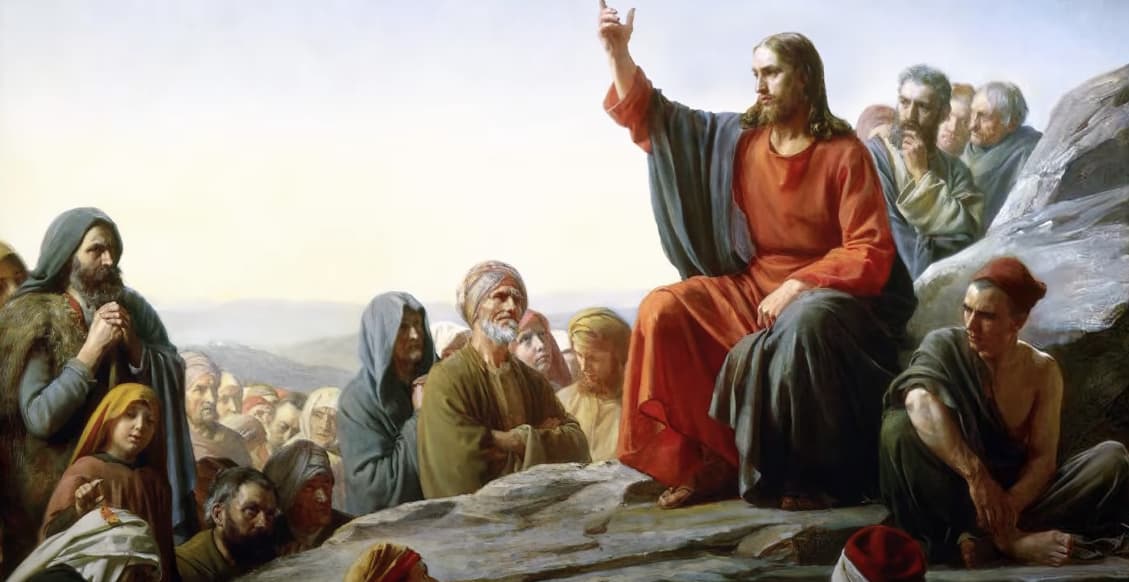The expansion of Christianity throughout the Middle Ages was a multifaceted phenomenon, influenced by various factors of a religious, political, and cultural nature. The initial dissemination of the faith was accomplished through the dedicated work of missionaries. Prominent individuals such as St. Augustine of Canterbury, St. Patrick, and St. Boniface played pivotal roles in advancing this mission:
- St. Augustine of Canterbury: Converted the Anglo-Saxons in Britain;
- St. Patrick: Known for bringing Christianity to Ireland;
- St. Boniface: Instrumental in Christianizing Germany and the Netherlands.
To learn more about these missionaries, you can refer to this videos:
The role of monastic orders like the Benedictines and the Cistercians was equally significant. These institutions played a crucial role in educating the masses and copying sacred texts, contributing to the preservation and distribution of Christian teachings.
Political leaders also leveraged Christianity to consolidate their territories. The Carolingians and Holy Roman Emperors embraced Christianity as a tool of unity and power.
Finally, the High Middle Ages witnessed the advent of the Crusades, further spreading Christianity into the Middle East, though through violent means. More insights on this period can be found in here:
Thus, the spread of Christianity in the Middle Ages was a dynamic process involving myriad societal forces.


No Responses